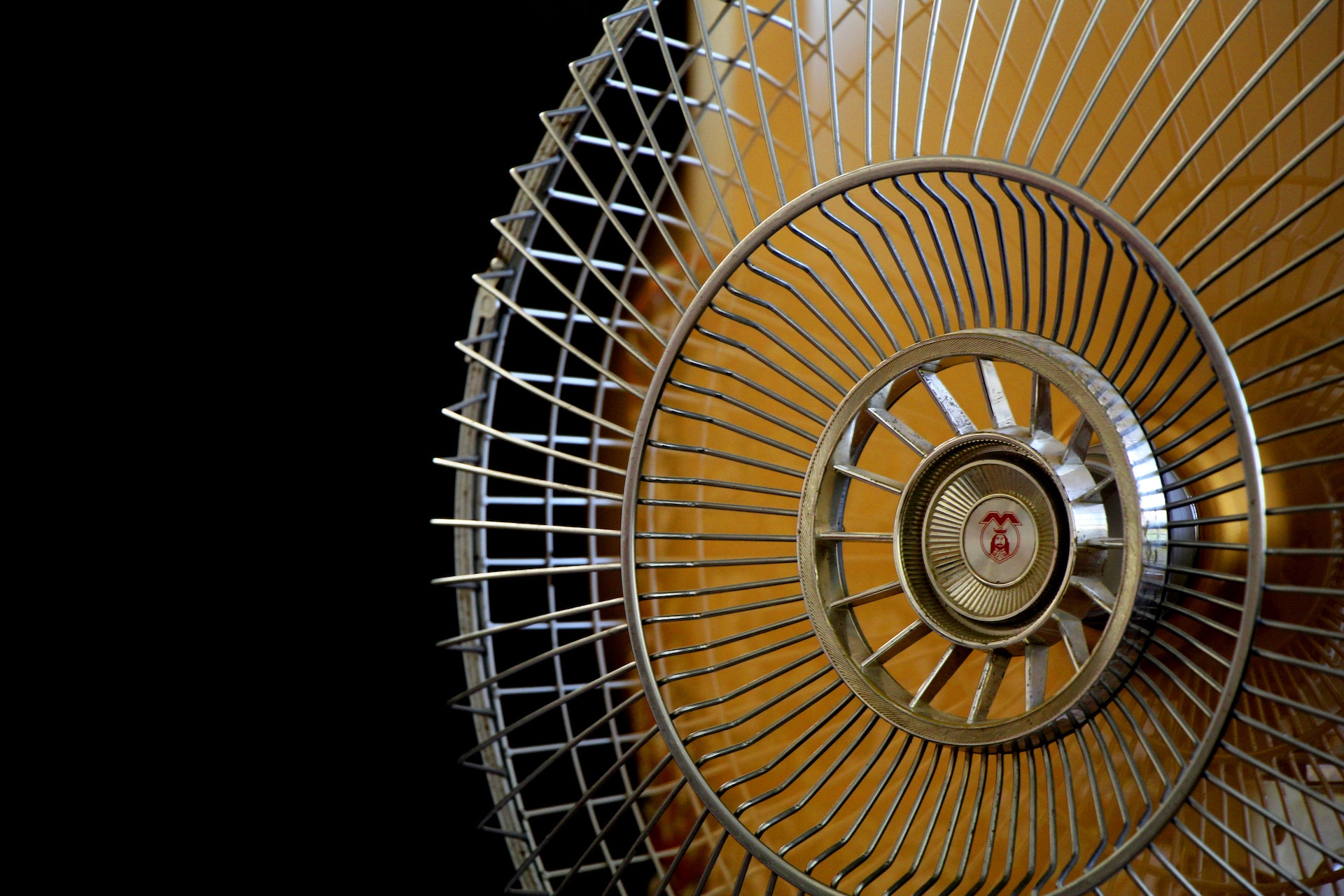Understanding HVAC Systems: A Homeowner’s Guide
Heating, Ventilation, and Air Conditioning (HVAC) systems are integral to maintaining a comfortable and healthy environment in your home. Understanding how these systems work, the different types available, and their maintenance can help you make informed decisions, whether you’re installing a new system or maintaining an existing one. This guide provides homeowners with essential insights into the world of HVAC.
Basics of HVAC Systems
- Heating: This component of the HVAC system is responsible for warming your home. It can vary from furnaces that use gas or electricity to heat pumps that transfer heat from outside to inside.
- Ventilation: Ventilation involves the exchange of indoor and outdoor air, crucial for maintaining indoor air quality. It can be as simple as opening windows or as complex as having a mechanical system that filters and cleans the air.
- Air Conditioning: Air conditioning units cool and dehumidify the air. They work by drawing warm indoor air over a refrigerant, which absorbs the heat, leaving cooler air to be circulated back into the room.
Types of HVAC Systems
- Split Systems: The most common type, where you have separate heating and cooling units, with the furnace indoors and the air conditioner outside.
- Hybrid Systems: These systems use a heat pump that can function as both a heater and an air conditioner, combined with a furnace. They are energy-efficient, especially in moderate climates.
- Ductless Systems: Ideal for homes without ductwork, these systems have an outdoor unit connected to one or more indoor units, providing direct heating or cooling to specific areas.
- Packaged Systems: These have all components in a single outdoor unit, ideal for homes with limited indoor space for a furnace or air handler.
Maintenance and Efficiency Tips
- Regular Maintenance: Schedule annual maintenance checks to ensure your system is running efficiently and to prevent costly repairs.
- Air Filters: Regularly change or clean the air filters to improve air quality and system efficiency.
- Thermostat Settings: Use programmable thermostats to save energy by adjusting the temperature when you’re not home.
- Sealing and Insulation: Ensure your home is well-sealed and insulated to maximize the efficiency of your HVAC system.
An understanding of HVAC systems is crucial for any homeowner. It helps in making informed decisions about installation, maintenance, and energy efficiency. Whether you’re looking to install a new system or maintain your current one, knowing the basics, types of systems available, and maintenance tips can lead to improved comfort, better air quality, and reduced energy bills. Remember, a well-maintained HVAC system is key to a comfortable and efficient home.





